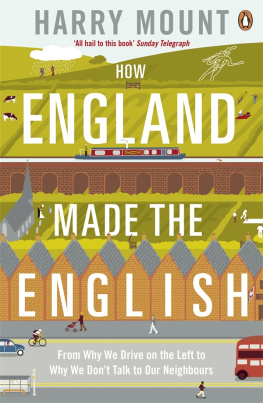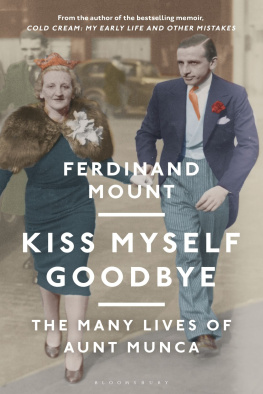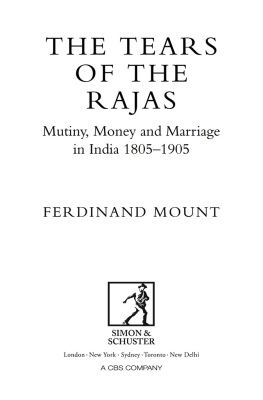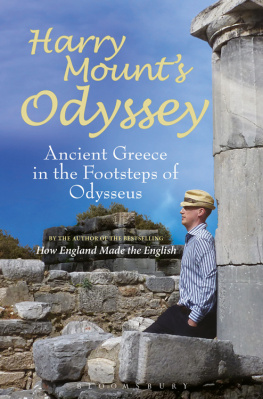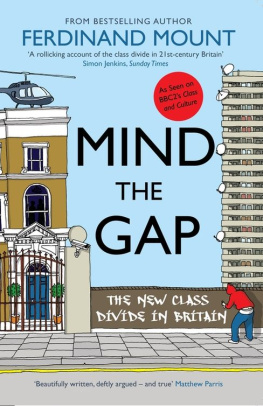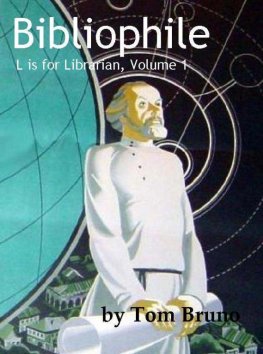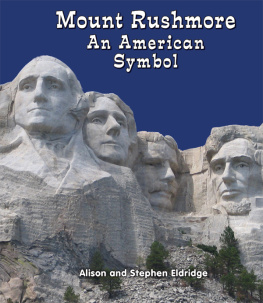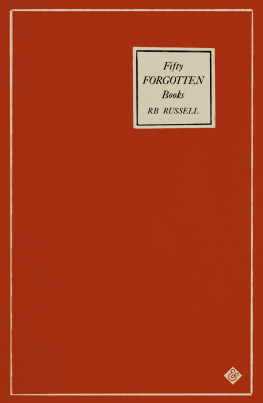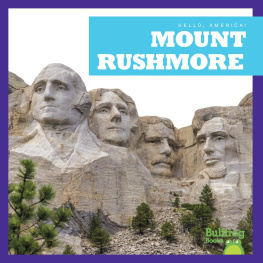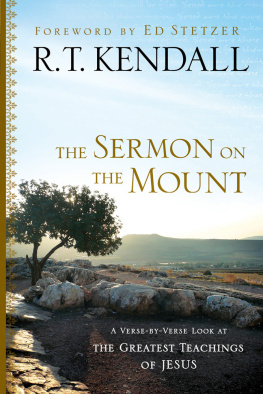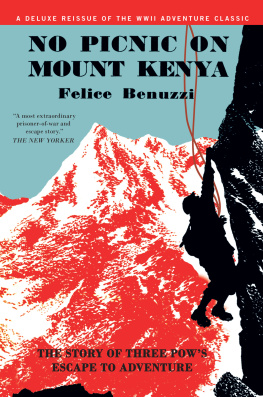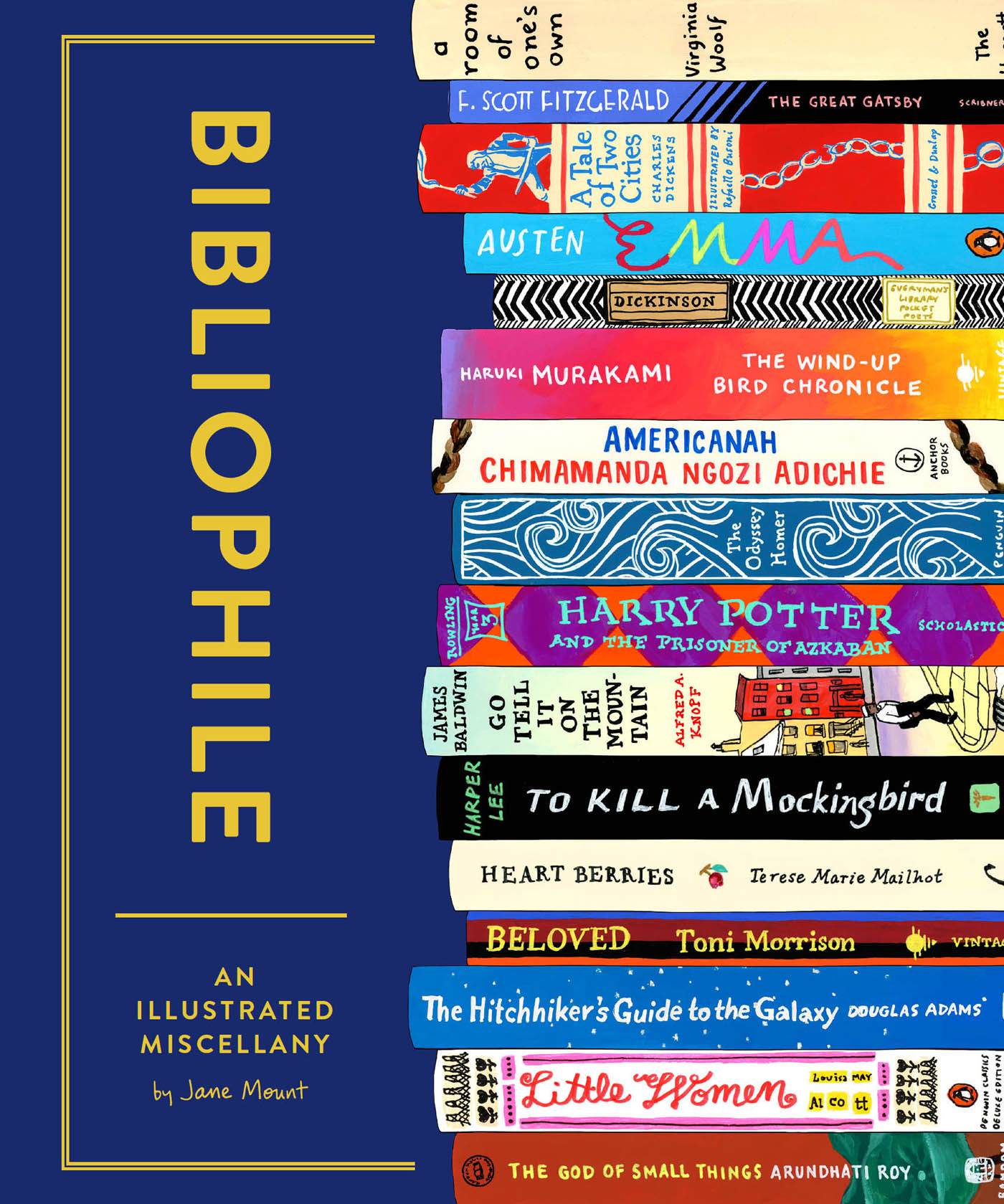


A book, too, can be a star,
a living fire to lighten the darkness,
leading out into the expanding universe.
Madeleine LEngle
For Kepler & Phoenix:
May you never run out of books, or stars.
Text and illustrations copyright 2018 by Jane Mount.
All rights reserved. No part of this book may be reproduced in any form without written permission from the publisher.
ISBN: 978-1-4521-6827-2 (epub, mobi)
Library of Congress Cataloging-in-Publication Data available.
ISBN: 978-1-4521-6723-7 (hardcover)
Designed by Kristen Hewitt & Jane Mount
Chronicle books and gifts are available at special quantity discounts to corporations, professional associations, literacy programs, and other organizations. For details and discount information, please contact our premiums department at or at 1-800-759-0190.
Chronicle Books LLC
680 Second Street
San Francisco, California 94107
www.chroniclebooks.com
CONTENTS
INTRODUCTION
The goal of this book is to triple the size of your To Be Read pile. Its a literary Wunderkammer, connecting you with books you might love for all kinds of reasonsbecause the subject speaks to you, because you found it through a great local library, or because there is a cute cat on the cover. Like a portable, beloved bookstore with aisles full of passionate shelftalkers, this volume contains something for everyone who enters. Each time you open it, youll find another jewel you didnt know you needed to find until that moment.
I was a shy, dorky kid with few friends and, like many others, turned to books for better worlds. I spent many happy latchkey afternoons reading and drawing. After a degree in anthropology, a short-lived stint in art school, and many years as an internet entrepreneur, I focused on drawing in earnest again. In the small Manhattan apartment my husband and I shared, I set up at our red dining-room table, right next to our packed bookshelves. Overwhelmed by the blankness of the paper before me, I thought, Ill just draw these books right here to get going. A friend stopped by, saw the pictures, and said, I want to buy all of those right now. Id never had anyone react so immediately and viscerally to anything Id made, so I knew there was something to it, to making books look as loved as they are.

Me, after the glasses and braces
At first I painted books like a dinner-party voyeur, documenting them exactly as they sat on friends shelves. Eventually I realized it was more interesting to ask people which books theyd pick to represent themselves, which books they love the most, which books would live on their Ideal Bookshelves. Everyone has a favorite, maybe the first book they hugged to their chest and told someone else about, or the one that changed the way they saw the world forever after. Many of us have several. Painted together on a shelf, these books tell a story of what weve experienced, what we believe, and who we are.

This is my favorite book! (Bullseye Books 1996 paperback)
Soon I began to receive commissions, from bibliophiles wanting to document their true loves, and from others wanting to give a heartfelt gift to their bibliophile true loves. Often, after someone commissions an Ideal Bookshelf as a gift, they write to tell me that the recipient loved it so muchboth the picture and the givers effort to learn the recipients favorite booksthat they cried happy tears. There is no better job in the world than one that inspires happy tears.
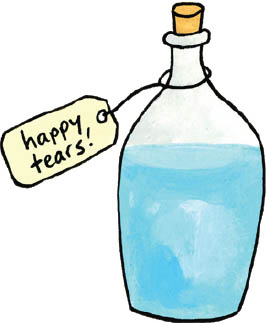
Since 2008, Ive painted well over a thousand Ideal Bookshelves. Thats 15,000 or so book spines, many of them painted multiple times. On the next page, you can see the books I paint most often, in order of frequency from the top down. (To Kill a Mockingbird far outstrips the rest, but if you counted all seven books from the Harry Potter series as one, including both US and UK versions, they would be a very close second.) These are true classics, books that change and inspire many people and answer lifes questions.
But all sorts of books can do that, and I dont judge. I know that any book, when read at the right moment, might make my life better, might give me a greater understanding of the universe and all the other people in it. I have painted the favorite books of writers, teachers, biologists, chefs, architects, musicians, kindergartners, retirees, atheists, Buddhists, tattoo artists, grandfathers, and lawyers. People ask me to paint both literary fiction and popular fiction from all genres, plus poetry, essays, memoirs, comics, short stories, travel guides, history books, science books, self-help books, cookbooks, art books, and childrens and young adult books (even if the reader is not a child or a young adult). People love what they love.
In this job I have, of course, learned a lot about books. Ive read many I would never have otherwise come across, and Ive added hundreds to my own proverbial bedside table. With this book I hope to pass some of that knowledge along to you, in many different forms, including tidbits of trivia, fun quizzes, profiles of bookish folks, tours of lovely bookstores, and, of course, many stacks of excellent, highly recommended books, organized by topic. Feel free to step out of your favorite genres; there are stunning surprises everywhere. Any one (or many!) of these small magical doorways might lead you to love a new book, and to love the new world inside it.
And if you love a book, no doubt many other people love it, too. That shared love connects us and sparks that miraculous feeling of not being alone in the world. Which is exactly the whole point of books, showing us the world as others see it, helping us understand each other, reminding us were all human.


KIDS PICTURE BOOKS
The very first illustrated book for kids was Orbis Sensualium Pictus, or The World of Things Obvious to the Senses Drawn in Pictures, a textbook created by John Amos Comenius in 1658 to entice witty children. Picture books more akin to what we read now appeared in the late 1800s, when English illustrator Randolph Caldecott (for whom the Caldecott Medal is named) created an ingenious juxtaposition of picture and word, as Maurice Sendak explained, in which either can continue the narrative. They really took off in the late 1930s and early 1940s when Simon & Schuster began publishing its good-quality but affordable Little Golden Book series and Theodore Geisel started writing as Dr. Seuss.

Next page

